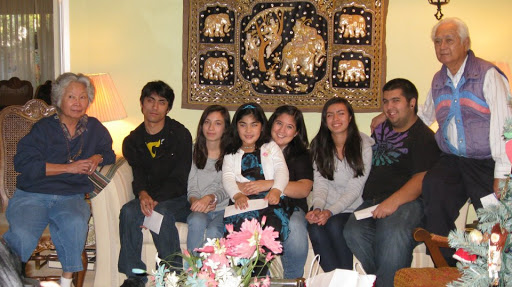

How many of the ten top grossing Broadway musicals listed below have you seen? If you are a music lover you probably seen them all. It is also most likely that one or two in the list you have seen twice in Broadway or in a movie. The following is the top ten list as reviewed by www.toptenreviews.com.
1. The Phantom of the Opera has been the longest-running show in the history of Broadway. Running continuously since 1988 – 21 years – it has been a consistent sell-out and favorite for many of those visiting New York City. The show tells the dramatic story of a disfigured man who haunts the Paris Opera House. He falls in love with Christine Daae and trains her to sing like an angel.
2. The Lion King maintains a place at the top of the lists for the 'longest-running musicals' and 'winners of many viewers’ choice awards.' The musical is mostly along the lines of the animated Disney movie and is appealing to young children and families.
3. Cats was the longest running show when it left the stage around 2003. The show has been translated into more than 20 languages and has been shown around the world. It tells the story of the Jellicle Cats’ and their life stories.
4. Les Miserables, based on the 1862 novel of the same title by Victor Hugo, is the longest running play in London. Set in the period of social unrest during the French Revolution, the themes of the book and play are discussed in high school classes the world over.
5. Wicked, though not as long-standing as some of these other productions, this new musical has the audience seeing green. It was selected by viewers as the best musical of 2007. The musical has broken box-office records around the world. It was also named by Time magazine as the “Best Musical of the Year”. Wicked tells the story of what Oz was like, long before Dorothy got there.
6. The Producers has won the most Tony Awards ever receiving 12 including Best Musical. Written by Mel Brooks the musical tells the story of two producers who try to make big on a scheme to oversell a flop of a show. But when the show becomes successful, it leads to some humorous moments.
7. A Chorus Line is an old classic that has been revived. The story has won several Tony Awards and has been around for a while, one of the longest-running musicals on Broadway. The audience meets 17 dancers that share their personal lives as they audition for a part in a chorus line.
8. Hairspray has taken home the Tony Award’s top six awards, only one of three musicals that have ever done so. The performance tells the story of the racial tensions in the 1960s and one girl’s campaign to racially integrate a famous TV show.
9. Rent is a rock musical that tells the story of poor young artists living in New York. The musical, along with winning a Tony Award for Best Musical has also won a Pulitzer Prize. Rent became famous for its appeal to a younger audience.
10. Chicago is based on the true stories of two celebrities who were on trial for murder and were found “not guilty”. Chicago is one of longest-running current Broadway productions on the stage.
Macrine and I have seen all except #6. Most recent Broadway musical in the news is Hamilton. Others musical shows that we have seen and enjoy that is not in the list are Miss Saigon and Bye Bye Birdie. Finally, here's a video of top ten Broadway Musicals that should be made into movies!















































